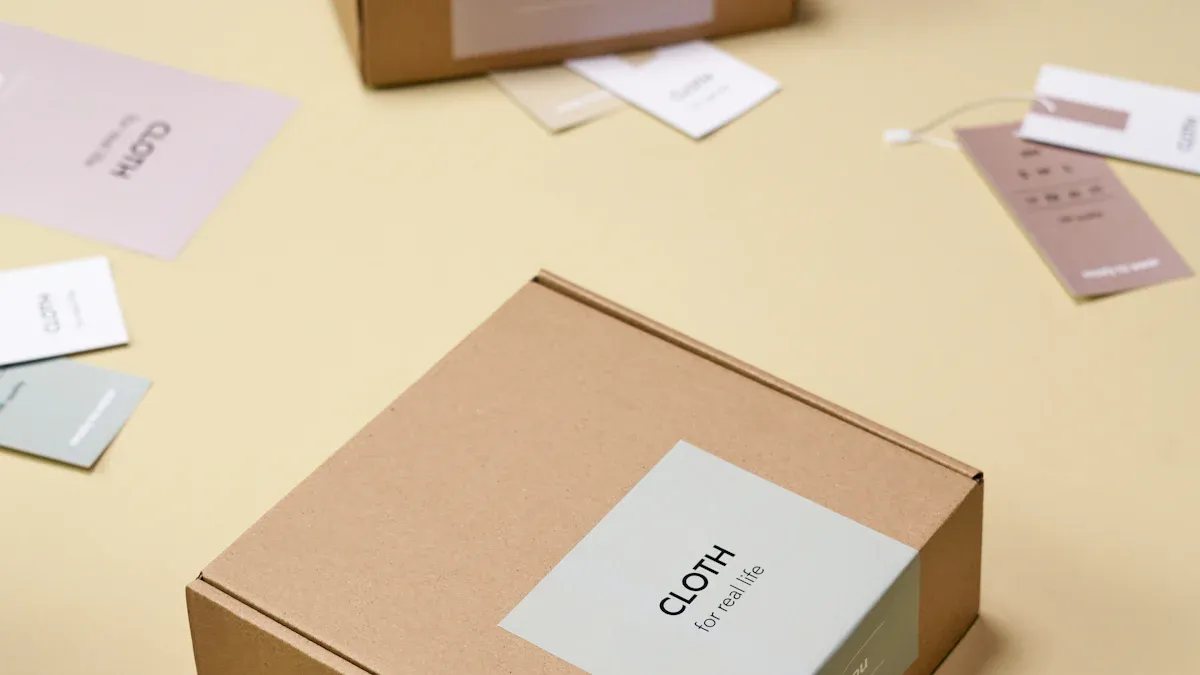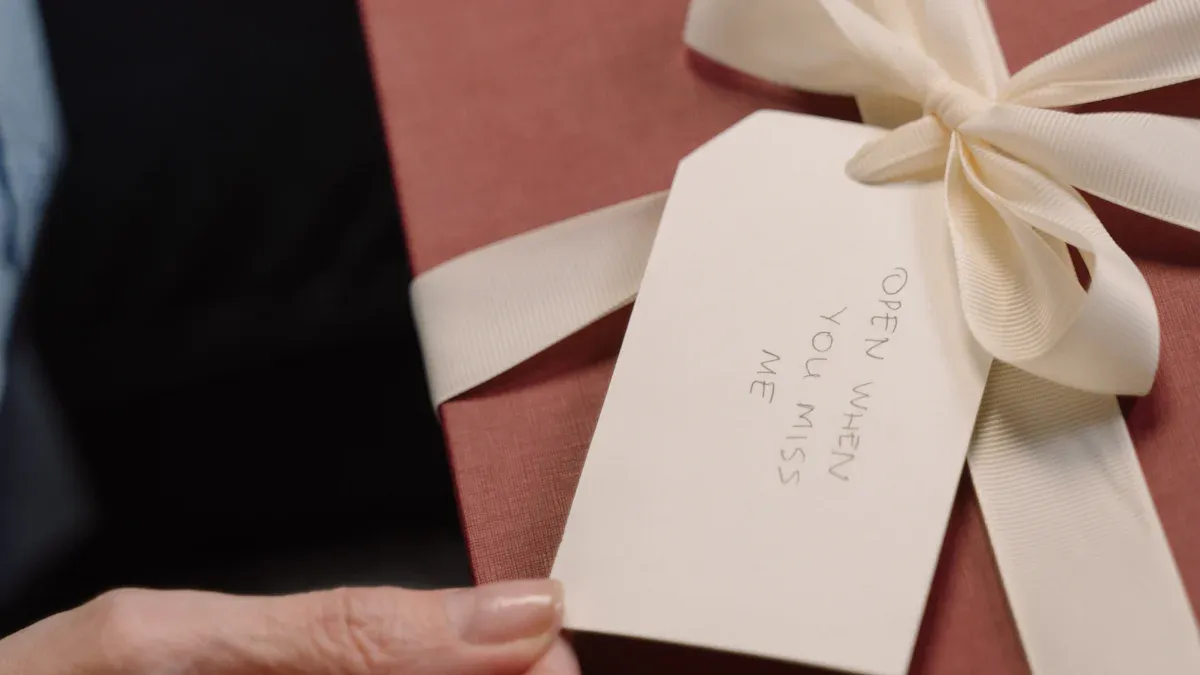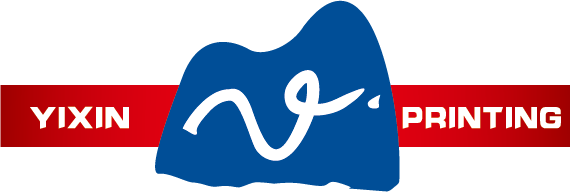![]()
Luxury paper boxes often come with a hefty price tag, but several factors justify their cost. High-quality materials like premium papers and metals significantly increase production expenses. Custom designs and intricate details further add to the cost breakdown, making these boxes a challenge for smaller businesses. As consumer demand shifts toward sustainable packaging, brands must innovate to balance aesthetics with eco-friendliness. Understanding these elements helps businesses make informed decisions while maintaining the perfect blend of quality and affordability.
Key Takeaways
Knowing fixed and variable costs helps manage luxury box expenses. Fixed costs stay the same, but variable costs change with production.
Buying in large amounts can lower the price per box. Bigger orders share fixed costs across more boxes, saving money.
Picking cheaper materials and ordering smartly can cut costs. This saves money while keeping good quality.
Components of Luxury Paper Box Costs

Fixed Costs in Luxury Paper Boxes
Fixed costs play a significant role in the cost structure of luxury paper boxes. These costs remain constant regardless of the production quantity. For example, expenses like staff salaries and facility rent do not fluctuate with the number of boxes produced. Salaries for employees can range from $3,000 to $5,000 per month, while rent for storage and operational facilities typically falls between $1,000 and $2,500 monthly. These fixed costs form the backbone of overall packaging costs.
To better understand how fixed costs impact packaging pricing, consider the following table:
This table highlights how producing in larger quantities reduces the fixed cost per box. For businesses aiming to optimize their packaging budget, increasing production volume can significantly lower the cost per unit.
Variable Costs in Luxury Paper Boxes
Variable costs, unlike fixed costs, change with production volume. These include materials, printing, and labor directly tied to manufacturing. For luxury paper boxes, premium materials like textured paper, metallic foils, or eco-friendly options can drive up costs. Custom packaging designs also add to variable expenses, as intricate details require more time and resources.
Packaging costs also depend on the level of customization. For instance, embossing or foil stamping increases the overall packaging costs. Businesses must carefully evaluate these elements to strike a balance between quality and affordability. By managing variable costs effectively, companies can maintain high-quality packaging without exceeding their packaging budget.
Economies of Scale in Luxury Paper Boxes
Cost Benefits of Bulk Orders
When it comes to luxury paper boxes, ordering in bulk can significantly reduce costs. I’ve noticed that larger orders often unlock volume discounts, which lower the cost per unit. This happens because fixed costs, like equipment setup and design, are spread across more units. For example, if I order 10,000 boxes instead of 1,000, the fixed cost per box drops dramatically. This makes bulk orders an effective way to optimize overall packaging costs.
However, bulk ordering isn’t without challenges. If the inventory isn’t used quickly, storage costs can rise. There’s also the risk of obsolescence, especially if packaging designs become outdated. Timing is everything. I always recommend aligning bulk orders with product sales cycles to avoid these pitfalls. By doing so, businesses can maximize savings while keeping their packaging budget under control.
Examples of Savings Through Larger Orders
Let’s look at how larger orders translate into savings. Imagine a company orders 5,000 luxury paper boxes with custom packaging designs. The cost per box might be $2.50. If the same company increases the order to 20,000 boxes, the cost per box could drop to $1.80. This reduction happens because economies of scale make production more efficient.
The complexity of the design also plays a role. Handcrafted packaging is more expensive than machine-pressed options. By choosing simpler designs for larger orders, businesses can save even more. I’ve seen companies achieve a perfect balance by combining bulk orders with streamlined designs, resulting in high-quality packaging at a lower cost.
Diminishing Returns in Luxury Paper Box Costs
When Higher Costs Don’t Equal Better Quality
Spending more on luxury paper boxes doesn’t always guarantee better results. I’ve seen businesses fall into the trap of assuming that higher costs automatically mean superior packaging. This isn’t always true. For example, adding excessive embellishments or using overly expensive materials can inflate costs without significantly improving the packaging’s functionality or appeal.
It’s important to focus on what truly matters. A well-designed box that protects the product and aligns with the brand’s image often outperforms an overly elaborate one. I recommend evaluating each design element carefully. Ask yourself: Does this feature add value, or is it just increasing the cost? By prioritizing meaningful enhancements, businesses can avoid unnecessary expenses while maintaining high-quality packaging.
Finding the Right Balance Between Cost and Quality
Striking the right balance between cost and quality requires a strategic approach. I follow a step-by-step process to ensure packaging pricing remains reasonable without compromising on quality. Here’s what I suggest:
Assess your packaging needs, including product size, fragility, and branding goals.
Break down material expenses and find cost-effective suppliers.
Balance aesthetics with affordability when choosing designs.
Optimize production processes to reduce labor hours.
Include shipping and logistics expenses in your calculations.
Conduct a packaging audit to identify cost-saving opportunities.
Explore eco-friendly and cost-effective material alternatives.
Standardize packaging designs to streamline production.
These steps help businesses create luxury paper boxes that look great and perform well without overspending. I’ve found that continuously monitoring and adapting these strategies ensures long-term success. By focusing on efficiency and practicality, businesses can achieve premium packaging at a sustainable cost.
Practical Tips for Managing Luxury Paper Box Costs

Selecting Cost-Effective Materials
Choosing the right materials can significantly reduce the cost of luxury paper boxes. I always recommend evaluating material options based on their performance and weight. For instance, paper weighs only 0.35 grams per milliliter, making it lighter and more affordable than glass, which weighs 1.6 grams per milliliter. Plastic (PET) is even lighter at 0.22 grams per milliliter, but it may not align with eco-friendly goals.
By selecting materials that balance cost, weight, and sustainability, businesses can optimize their packaging without compromising quality. I’ve found that paper often strikes the perfect balance for luxury packaging.
Optimizing Order Quantities for Savings
Ordering the right quantity is another effective way to manage packaging pricing. I always advise businesses to analyze their sales cycles and forecast demand accurately. Ordering too few boxes can lead to higher costs per unit, while excessive orders may result in storage issues or outdated designs. By aligning order quantities with production needs, businesses can avoid unnecessary expenses. Bulk orders often unlock discounts, but timing and demand forecasting are key to maximizing savings.
Partnering with Cost-Efficient Suppliers
Working with the right suppliers can make a big difference in managing costs. I’ve seen how cost-regression analysis helps identify opportunities for price reductions by comparing purchase prices with target prices. Factor-cost analysis also reveals differences in resource costs across suppliers and regions. These tools provide valuable insights for negotiating better deals and optimizing procurement strategies.
Cost-regression analysis identifies price reduction opportunities.
Factor-cost analysis highlights regional cost differences.
Both methods support data-driven supplier negotiations.
By partnering with suppliers who offer competitive pricing and reliable service, businesses can achieve high-quality packaging at a lower cost.
Understanding the cost of luxury paper boxes helps businesses make smarter decisions. Key factors include material choice, design complexity, and production volume. Larger orders reduce unit costs, but balancing quality and affordability remains crucial. I recommend analyzing packaging expenses carefully to optimize budgets and create effective, high-quality solutions.
FAQ
What makes luxury paper boxes different from regular packaging?
Luxury paper boxes use premium materials and custom designs. They focus on aesthetics and durability, making them ideal for high-end products.
How can I reduce the cost of luxury paper boxes?
I recommend bulk ordering, choosing cost-effective materials, and partnering with efficient suppliers. These strategies help lower expenses without compromising quality.
Are eco-friendly materials suitable for luxury packaging?
Yes, eco-friendly materials work well. They balance sustainability and aesthetics, meeting consumer demand for environmentally conscious packaging solutions.

